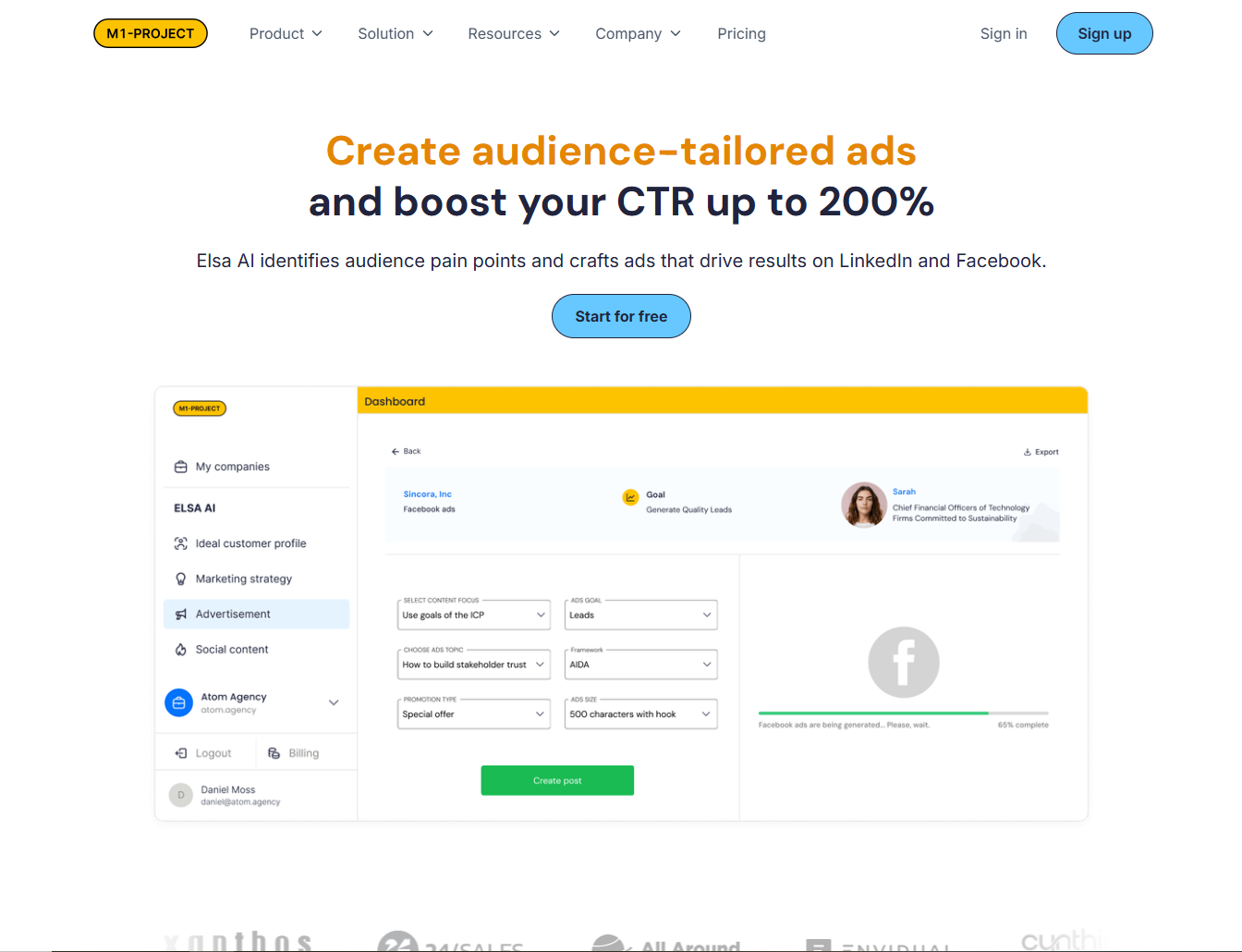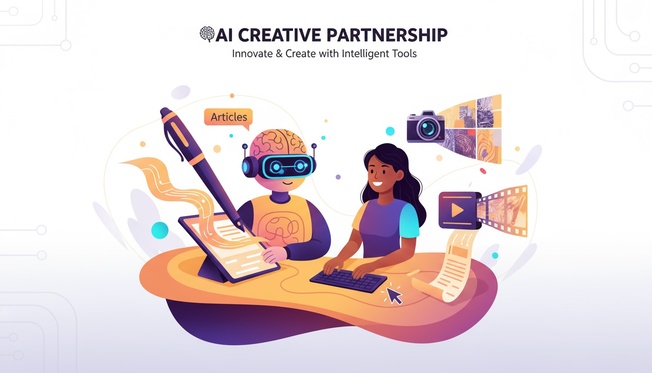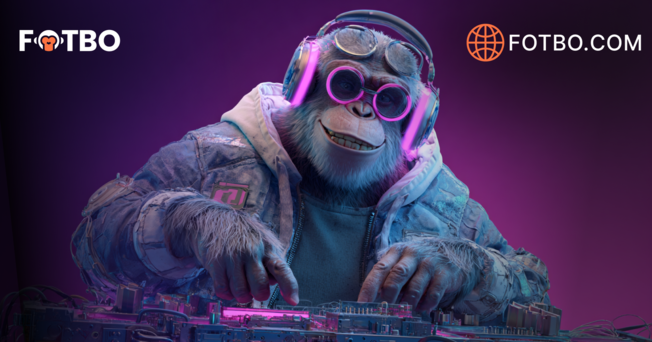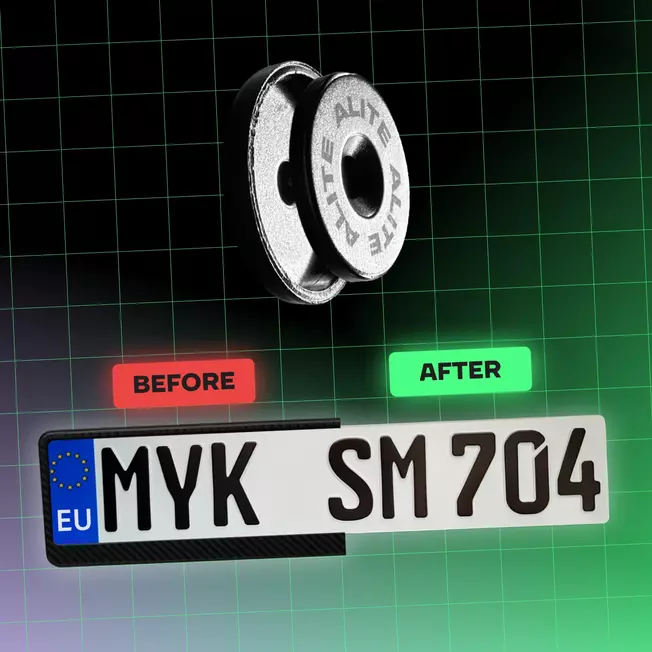
There’s a certain kind of chaos that comes with being an independent marketing consultant. You wake up ready to build brilliant campaigns, and by the time you’ve answered emails, tracked KPIs, and written strategy decks, half the day’s gone. You’re not lazy, you’re overloaded. Competing with big agencies while staying lean means you’re playing every position on the field: strategist, researcher, copywriter, analyst, and sometimes therapist for stressed-out clients.
It’s not about lack of skill. It’s the sheer math of time and attention. Agencies have teams of ten people handling what you manage alone. They pitch faster, research deeper, and deliver polished presentations that look like they were built by a think tank. Meanwhile, you’re fighting to keep quality high while juggling a dozen deadlines.
That’s the real consultant’s dilemma – too many moving parts, not enough hours. Every new client adds revenue, sure, but also another pile of meetings, expectations, and research. You try to automate some of it, but half the “solutions” out there are either too expensive or too bloated for a one-person setup. You end up back where you started: doing everything manually because it’s faster than trying to make another system work.
And here’s what no one says out loud – independence starts to feel like a trap. You built this solo path for freedom, but the more successful you become, the more chained you are to the grind.
The hidden cost of manual strategy work
Let’s talk about what actually burns consultants out. It’s not the calls, it’s not the deadlines, it’s the manual work that eats your creative time alive. Researching ideal customer profiles, cross-referencing audience behavior, stitching together insights from five different tools – it’s a time sink.
Every hour you spend collecting data is an hour you’re not analyzing it. And every minute spent writing proposals is one you could have spent winning clients. That invisible cost adds up fast. You don’t see it on the invoice, but it shows up in the late nights, the caffeine overdoses, and the projects that could’ve been great but ended up rushed.
Traditional tools make it worse. Most are designed for agencies with teams, not for solo operators. They assume you have someone handling each task: research, content, analytics, strategy, and so they pile on features you don’t need. You pay for functionality you’ll never touch and still don’t get the speed or focus you need.
So you build everything manually. You track audience insights in spreadsheets. You dig through social data one platform at a time. You analyze competitor content until your eyes blur. And while you’re doing all that, the actual strategic work – the thing clients pay you for – keeps getting pushed down your to-do list.
This is where consultants lose leverage. The longer you spend buried in data, the less time you have to turn that data into actionable insight. You start reacting instead of leading. And when you’re always reacting, clients start seeing you as replaceable. That’s the quiet killer of independence.
The rise of the ai-enhanced consultant
When AI entered the marketing world, I was skeptical. I thought it was all hype – chatbots and gimmicky tools that generated generic content. But then I saw something shift. Smart AI wasn’t replacing strategy; it was enhancing it. Tools like Elsa AI changed what was possible for independent marketers like me.
Suddenly, the endless hours of data digging became a few clicks. The research that took a weekend now happened in minutes. AI handled the repetitive grunt work – audience clustering, ICP mapping, competitor analysis, and I could focus on the creative interpretation, the human part of strategy that still matters.
That’s when I realized this wasn’t about automation for convenience. It was automation for survival.
When I used it to create LinkedIn ads for a new SaaS client, I saw how different this approach was. Instead of guessing the target persona or rewriting endless variations, AI analyzed engagement trends, tone preferences, and even behavioral signals from similar audiences. I could test messaging faster than agencies with full teams.
The point wasn’t that AI was “doing my job.” It was that it gave me room to think. To get back to the strategic high ground instead of drowning in the tactical swamp.
delivering expert-level output on a fraction of the budget
Here’s the thing: clients don’t care how much time something takes. They care about results. But in consulting, speed and depth have always fought against each other. Go fast, and you look shallow. Go deep, and you blow deadlines.
That’s where AI completely flips the game. It gives you both. You can deliver expert-level insights in a fraction of the time, without outsourcing or hiring.
When I started integrating automation into my workflow, the difference was immediate:
- Discovery turned into strategy. Instead of spending two days collecting data on the target audience, I spent two hours validating it and turning it into a narrative the client could understand.
- Proposals turned into wins. When I walked into pitches, I didn’t bring assumptions – I brought data-backed insights, complete with behavioral trends and campaign directions. Clients didn’t ask if I could deliver; they asked when I could start.
That level of precision impresses clients. You stop sounding like someone guessing in the dark and start sounding like someone who knows exactly what to do and why.
And the best part – the economics shift. You’re no longer trapped in the time-for-money model. You deliver more value in less time, and that creates room to take on more projects or finally breathe between them.
I remember one project vividly. A fintech client needed a go-to-market plan for their new app – three days to deliver, no existing data. I used AI for initial audience discovery, positioning, and message testing. The insights it surfaced were sharper than anything I could’ve done alone under that timeline. The client thought I’d spent weeks on it.
That’s when it hit me: I wasn’t competing with other freelancers anymore. I was competing with agencies and winning.
The new era of independence
This is where consulting is heading – independence no longer means small scale. It means high leverage. The consultants who thrive now are the ones who integrate AI, not to replace their creativity, but to amplify it.
AI doesn’t strip away your individuality; it multiplies your capability. It turns your solo practice into a scalable operation without hiring anyone. It gives you bandwidth – the one resource no tool could ever buy before.
The irony is that technology brings back the humanity of the work. When machines handle the repetitive parts, you can focus on the empathy, intuition, and storytelling that make marketing actually work. That’s the kind of creativity clients pay for not the spreadsheet kind, the human kind.
We used to define expertise by effort – how long you researched, how many slides you built, how many campaigns you managed. That definition is outdated. The new expert is the one who can connect data, logic, and creativity faster than anyone else.
Technology makes that possible. The consultants who adapt will lead. The ones who don’t – they’ll burn out chasing the next deadline.
I’ve been both. And I can tell you, the second path doesn’t scale.
Final thought
If independence used to mean “doing everything yourself,” now it means “building systems that do the heavy lifting with you.” That’s the secret no one tells you when you start consulting. Freedom doesn’t come from working harder. It comes from building smarter systems and knowing when to let technology carry the load.
Because the truth is, expertise isn’t about hours anymore. It’s about outcomes. The consultants who learn to merge intuition with automation – they’re the ones redefining what independence really means in this new era of marketing.

















Leave a Reply